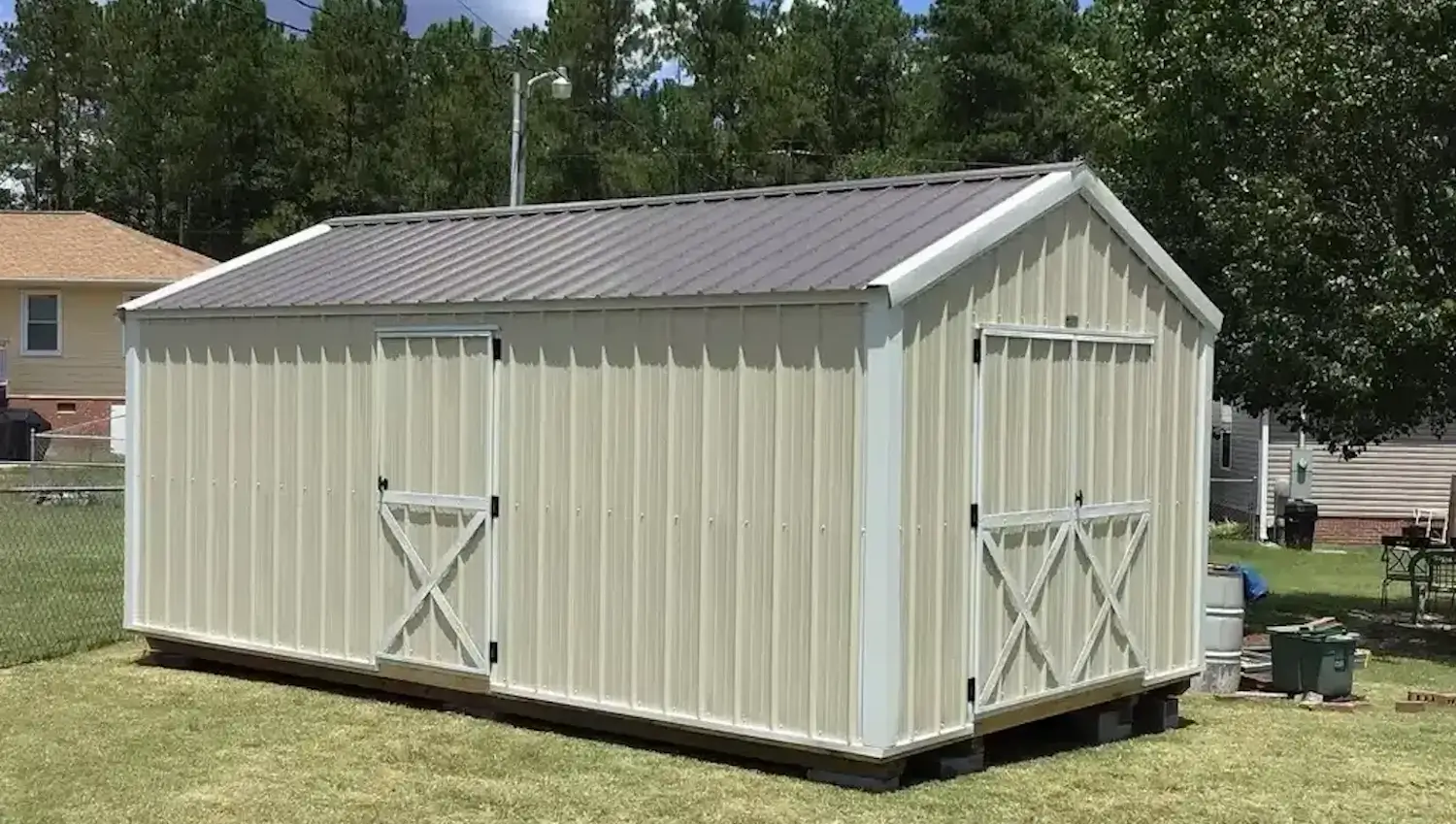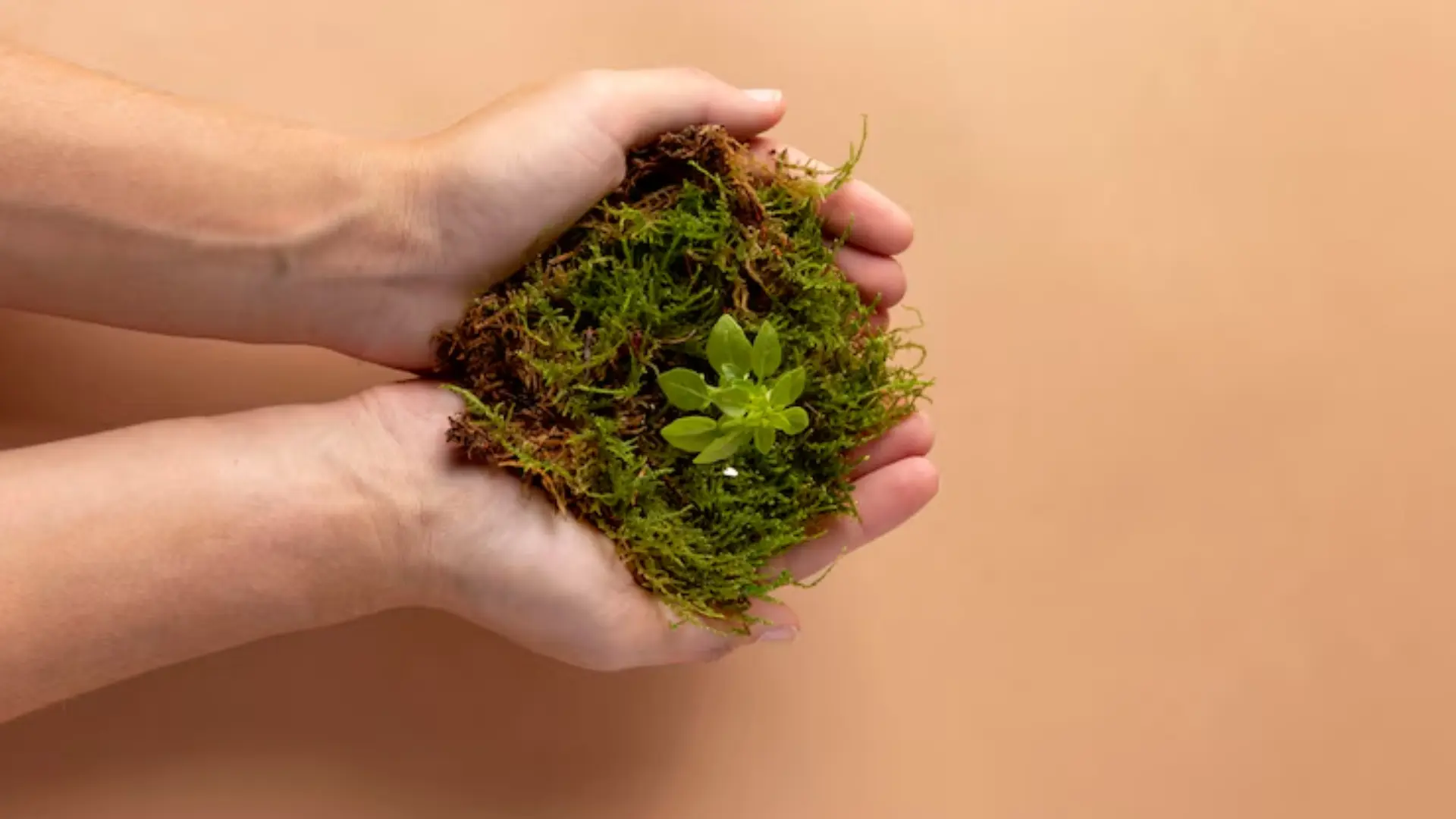
August 24, 2025

In the world of controlled environment agriculture, cleanliness isn’t just a best practice—it’s a necessity. Whether growing specialty botanicals or producing crops on a large scale, every detail in a grow space must be focused on providing ideal plant health, minimizing the risk of contamination, and maximizing productivity. A clean grow space requires precision lab tools, air purification solutions for growers, and odor control systems—each essential for protecting yields and maximizing profitability.
This article delves into the key pillars of growing hygiene—air, water, and laboratory-grade purity—and casts light on how industry leaders Summit Research, Clear the Air, and Green Tech Environmental are offering cutting-edge solutions for the most exacting growers of today.
Air quality is one of the most impactful factors in indoor grow rooms, and it has to be meticulously controlled. Contaminants such as mold spores, bacteria, and volatile organic compounds (VOCs) not only compromise plant health but can also result in failed batches or regulatory noncompliance. This is why investing in air purification systems is critical.

The presence of pathogens in the air can adversely change the terpene profiles in high-value crops. Moreover, indoor air quality also directly impacts worker safety and regulatory compliance with health and environmental standards.
Advanced air filtration systems can eliminate particulates and also go after harmful gases and microbial contaminants that can shut down your entire operation.
One of the more innovative players in this space is Green Tech Environmental, and their award-winning air filters that are changing the air purification game for commercial agriculture.
The filters feature nanofiber technology combined with the proprietary gas-phase odor eliminator, ODOGard®, which destroys VOCs and odors at the molecular level, rather than simply masking them as through traditional means, such as carbon filtration.
Key Benefits:
This dual-action approach helps growers achieve superior climate control while reducing overhead energy costs and improving sustainability. It’s the most cost-effective way to ensure a clean, compliant grow room.
No matter where you have your grow, be it a small indoor garden or a big commercial facility, odor will always be one of the most challenging enemies. Strong aromas can be overwhelming, even resulting in complaints, citations, or shutdowns if not well managed.
Clear The Air solves a very old dilemma in a truly natural, chemical-free way. Clear The Air products do not add to the problem by covering up smells like traditional air fresheners do; they absorb odor molecules in the environment, negating the effects of the odors themselves.
Why Growers Love Clear The Air:
They are especially helpful at the drying and curing phases of cultivation when smell levels are at their highest. They are also perfect for use in grow rooms between harvest cycles, helping to make sure you start with a truly neutral space.
Place Clear The Air bags in areas of ventilation to trap odors before they spread into communal zones or surrounding communities. This proactive placement helps contain smells at the source and maintains a cleaner, more professional growing environment.
Clean water is just as important as clean air. Using polluted or untreated water can bring pathogens, heavy metals, and chemicals that may damage the roots and nutrient absorption.
Clean air technologies indirectly aid with humidity control, which is an important component to maintaining the right balance between evaporation and condensation in grow rooms. Effective handling of air will prevent clean water from becoming dirty water, and prevent dirty water stagnation, which is conducive to the growth of microorganisms.
To avoid pathogens, growers opt to routinely clean benches, trays, and floors and remove any dead leaves, dried nutrients, and other plant matter. If not properly managed, these plant residues serve as foci for pests and diseases such as powdery mildew and fungal diseases, which can lead to cross-contamination between generations of plants.
Rigid sanitation practices such as wiping work surfaces with disinfectant (diluted hydrogen peroxide), confirmed at the lab to kill existing pathogens, are necessary to break the disease cycle and keep tools, trays, and workspaces free of unwanted microbial guests.
Cleanliness in cultivation is not only in the air, but also in the tools that you utilize. In precision agriculture—particularly in extraction and distillation—the purity of your processes can make or break the efficacy and safety of your product.
When it comes to lab-grade hardware, Summit Research stands at the forefront of innovation. The company was founded out of a vision to develop instruments for specific industries that achieve better speed/safety/accuracy than conventional lab equipment.
Summit Research manufactures American-made tools to maximize performance for growers, extractors, and researchers alike, with products such as short-path distillation kits and cold traps to vacuum controllers and filtration systems!
Why Choose Summit Research?
From scaling your lab or perfecting your DIY setup, Summit Research has everything you need to raise your hygiene practices and quality of your end product.
It begins with good design and ends with adherence to standard operating practice. This needs clean air, filtration, and careful choice of materials.
The finest operations stack their strategies—purifying air for growers, purposing lab tools to agriculture, and stacking systems for odor control into a singular strategy for ultimate cleanliness and productivity.
The ideal clean grow room merges adequate airflow with localized integrated pest management. Fans and spore traps are located in key areas so that respiration pockets of water vapor are eliminated, reducing disease pressure and enhancing overall plant health. HEPA (high efficiency particulate air) filters provide a proven barrier to airborne particulates and microscopic spores, with capture efficiencies greater than 99.97% for particles down to 0.3 microns.
This multi-layered approach, when coupled with biological controls—like beneficial insects—and environmental controls, temperature, humidity, and CO₂, provides strong disease control without the use of harsh chemicals and assures that your indoor or outdoor growing areas can be productive and pest-free.
With increasing regulatory pressures, combined with ever-broadening consumer expectations, being able to maintain a pristine grow environment is now a necessity rather than an option. Investing in high-end climate control technology, lab-quality sanitation methods, and sophisticated VOC and particulate filtration systems will help growers comply with guidelines, keep workers and consumers safe, and futureproof their businesses against shifting standards. From forced compliance to competitive edge, making these hygiene strategies an integrated part of the business that will open the way for sustainable growth and market leadership.
Why is air purification so important in grow rooms?
Air purification removes harmful contaminants such as mold spores, VOCs, and bacteria that can negatively impact plant health, reduce yields, and cause regulatory issues. Clean air also supports terpene integrity in specialty crops and improves worker safety.
What’s the difference between odor control and air filtration?
Air filtration systems target airborne particles and pathogens, while odor control focuses on neutralizing or eliminating smells, often caused by VOCs. Effective growing environments typically require both systems working together to ensure compliance and comfort.
How can I maintain lab-grade cleanliness in a grow environment?
Start by using sterilized tools, implementing standard cleaning protocols, filtering air and water, and regularly removing plant debris. Utilizing precision lab equipment and reliable sanitation products ensures a contaminant-free space from cultivation to post-harvest.
Success in any agricultural business is made from the skratch, but it mostly thrives in the air and water around it. When you invest in proven systems and tools from industry leaders Summit Research, Clear The Air, and Green Tech Environmental have to offer, you are investing in an environment that will yield better and safer fruits, as well as a clean future.
Want to get your grow operation to the next level? Upgrade air purification systems, optimize odor control, and have your workers use the best lab tools in agriculture. It is not a luxury but your next competitive advantage.
Disclaimer: This material is for informational purposes only and should not be relied on for legal, medical, financial, or any other form of professional advice.
Sources:
Science Direct - Air Purification
Canadian Agri-Food Policy Institute - Clean Growth in Agriculture